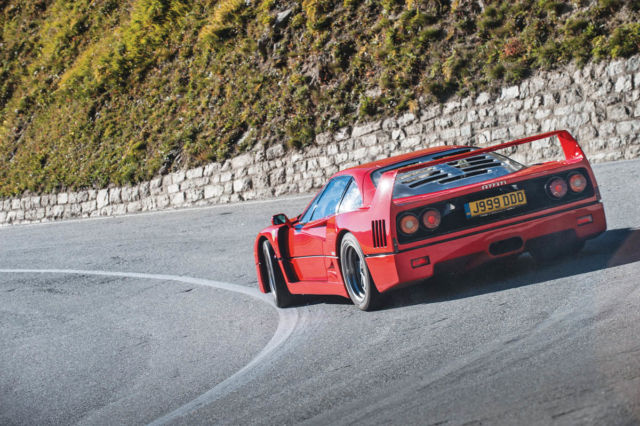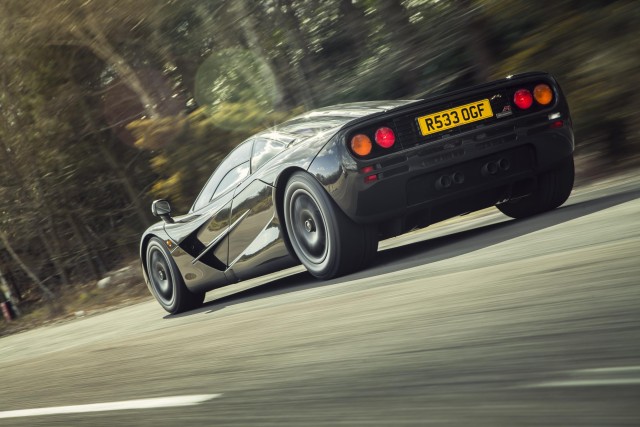Since the mid-2000s, most cars available to the public have been shackled in one way or another. With few minor exceptions, the specialized, top-tier monsters from well-established marques have come under pressure by the government to become docile, apologetic and forgiving. However, in doing so, some of that supercar appeal is inevitably lost, and more power or more grip cannot recover that experience. Though there are modern, technologically-assisted machines capable of more outright performance, analog supercars offer a combination of speed, precision, intimidation and driver involvement that provide an inimitable sense of exhilaration. Thankfully, Evo Magazine has collected some of the finest and determined exactly what it is that made these modern icons so exciting.
Without the safety mandates modern carmarkers are encumbered with these days, the McLaren team in the early nineties were given carte blanche when they conceived the pinnacle of modern sports cars. Adding to the list of goodies was a carbon composition keeping weight exceptionally low, and a BMW-sourced V12 in the back. With the driver sat in the middle, the gear shift as slick as a rifle bolt, heavily weighted controls, and no safety net whatsoever, the driver had to contend with the value of the car and the likelihood of an accident if they were to chase the limits of the almighty F1. That level of involvement is all but gone in modern cars, though there are recent road warriors that pay homage to the greats.
One modern car which holds on to some of that bygone lustre is Noble’s M600. Though built to modern standards, critically, it lacks traction control and ABS. For something that produces a whopping 650 horsepower, the combination calls for a certain degree of respect — even if the Volvo-sourced V8 builds boost predictably and progressively. Torquey, unapologetic and refined-yet-violent, the M600 holds onto what was good about the past and makes those limits a little more approachable. If it makes one thing abundantly clear, it’s that a good supercar needs to be oozing with drama, even at the expense of traction, efficiency or outright pace.
There’ve been many pretenders to the throne, but if one car combines a race car-like urgency with sheer theater, it has to be Ferrari’s F40. As Henry Catchpole notes, the F40 is “wonderfully bad,” and its eons of turbo lag, spiky power delivery and naked carbon interior provide that sense of occasion coupled with double dose of fear. While there might be cars quicker over a quarter mile or speedier around a circuit, the supercar is something that always gets the hair to stand up on the back of one’s neck, and the F40 proves that, even while standing still.

Big turbochargers, weeks of lag, and the weight of a Miata make the F40 one of the world’s most exciting cars.
And ultimately, that is what this review is about. All the cars here are aren’t designed to mimic a racing car, or be the quickest machine in any condition from A to B. Instead, these machines urge the driver to go faster and faster, all the while keeping them very conscious of their own mortality, flooding their minds with a series of complex emotions. Unadulterated, analog supercars are now a thing of the past, but this collection provides a convincing argument as to why we need to bring them back now, and tell the nanny state to go jump in a lake.






















